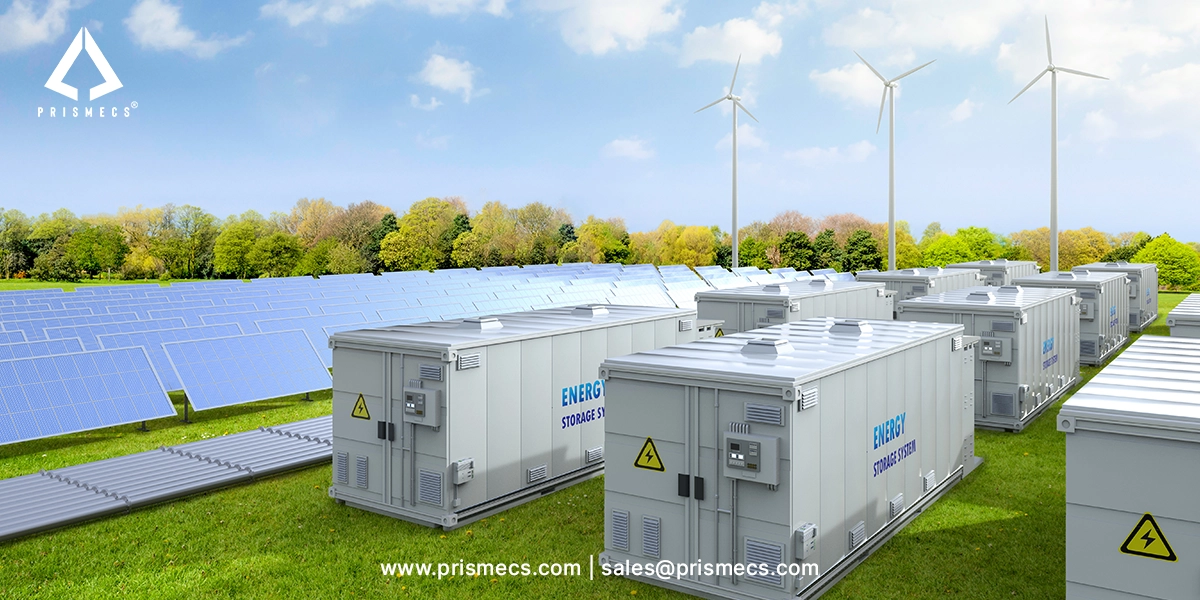
The oil and gas industry has always been at the forefront of technological innovation, constantly seeking ways to improve efficiency, safety, and sustainability. As the global energy demand continues to rise, so does the pressure to develop and adopt cutting-edge technologies to extract, refine, and distribute oil and gas resources. In this dynamic landscape, several groundbreaking innovations are reshaping the industry, offering new opportunities for commercial advancement.
Advanced Seismic Imaging
Seismic imaging technology has been a cornerstone of oil and gas exploration for decades, but recent advancements are revolutionizing the way companies locate and extract hydrocarbon reserves. High-resolution 3D seismic imaging techniques, combined with artificial intelligence algorithms, allow for more precise imaging of subsurface structures, reducing exploration risks and increasing the success rate of drilling operations. Commercially, this technology enables companies to optimize resource allocation and maximize the recovery of oil and gas reserves.
With increased exploration activity, demand for seismic services is expected to grow by an additional 14%, or $1.1 billion, and total almost up to $9.3 billion. (Offshore)
Digital Oilfield Solutions
The advent of the digital oilfield concept has transformed traditional oil and gas operations into interconnected, data-driven ecosystems. Through the integration of sensors, IoT devices, and advanced analytics platforms, companies can monitor and optimize every aspect of production in real time. The Internet of Things (IoT) is elevating production efficiency, fine-tuning equipment performance, prioritizing worker safety, and enabling remote monitoring of inaccessible regions. Sensors embedded in wells, blowout preventers, and choke valves facilitate seamless real-time data collection, fostering proactive decision-making and operational enhancements. From reservoir management to good optimization, digital oilfield solutions offer significant commercial benefits, including cost reductions and operational efficiency gains.
The global IoT in the oil and gas market is expected to reach USD 43 billion by 2024, growing at a CAGR of about 22% from 2019 to 2024.
(Start Us Insights)
Enhanced Oil Recovery (EOR) Techniques
As conventional oil reserves become increasingly depleted, the focus has shifted towards maximizing the recovery of existing fields through enhanced oil recovery techniques. Innovations such as polymer flooding, steam injection, and microbial-enhanced oil recovery are enhancing production rates and extending the economic life of mature reservoirs. These technologies not only increase the overall yield of oil and gas assets but also present lucrative commercial opportunities for companies looking to maximize the value of their existing investments.
The estimated value of the global enhanced oil recovery (EOR) market stood at USD 29.71 billion in 2016, with substantial growth projected in the foreseeable future. Increasing demand for oil coupled with declining production rates has spurred the development of novel technologies like EOR, aimed at extracting oil from reserves more efficiently. (Hexa Research)
Global enhanced oil recovery market revenue, by technology, 2014 - 2025 (USD Billion)
Robotics and Automation
Robotic technologies are transforming various aspects of oil and gas operations, from drilling and inspection to maintenance and decommissioning. Autonomous drones equipped with high-resolution cameras can perform aerial inspections of offshore platforms, pipelines, and facilities, reducing the need for manual labor and improving safety. Robotic drilling systems equipped with AI algorithms can optimize drilling parameters in real time, enhancing efficiency and accuracy. These innovations not only reduce operational costs but also mitigate safety risks, thereby offering compelling commercial advantages.
The Robotics Market size is estimated at USD 45.85 billion in 2024 and is expected to reach USD 95.93 billion by 2029, growing at a CAGR of 15.91% during the forecast period (2024-2029). (Mordor Intelligence)
Renewable Energy Integration
In response to growing environmental concerns and regulatory pressures, the oil and gas industry is increasingly integrating renewable energy sources into its operations. From solar-powered wellheads to wind-driven offshore platforms, companies are exploring innovative ways to reduce their carbon footprint and enhance sustainability. Hybrid energy systems combining conventional and renewable sources are not only reducing greenhouse gas emissions but also generating new revenue streams through the sale of excess power to the grid.
The renewable energy market is anticipated to expand from USD 1.2 trillion in 2022 to USD 2.4 trillion by 2030, showcasing a compound annual growth rate (CAGR) of 10.10% from 2022 to 2030, according to forecasts. (Market Research Future)
Conclusive Remarks
Innovations in the oil and gas industry are driving commercial advancements, enabling companies to improve efficiency, reduce costs, and enhance sustainability. By embracing cutting-edge technologies such as advanced seismic imaging, digital oilfield solutions, enhanced oil recovery techniques, robotics, automation, and renewable energy integration, companies can gain a competitive edge in a rapidly evolving market landscape. As the industry continues to innovate, the potential for commercial growth and value creation remains boundless.
How Prismecs can help you to achieve these advancements in the oil and gas industry?
We offer comprehensive cutting-edge solutions that can revolutionize the oil and gas industry with their advanced data analytics and predictive maintenance capabilities. Prismecs empowers oil and gas companies to achieve unprecedented advancements in productivity, sustainability, and profitability. So, call us today at +1 888 774 7632 or you can email us at sales@prismecs.com so that we can give you further insight into our services.
recent posts

Green Hydrogen
6 minutes read
Green Hydrogen Plant Technology Guide
Discover how a green hydrogen plant works, its key technologies, and its role in clean energy. Explore solutions for scalable, carbon-free hydrogen pr...

EPC Services
7 minutes read
EPC Power: From Design to Delivery of Reliable Energy System
Discover how EPC power solutions streamline design to delivery, ensuring reliable, efficient, and future-ready energy systems in one integrated proces...

Data Centers
12 minutes read
Powered Shell Data Centers | Benefits, Design & Adoption
Discover the benefits, design, and adoption of powered shell data centers. Learn how they boost speed to market, scalability, and energy efficiency.

Distributed Energy Services
9 minutes read
Smart Grid and Distributed Energy Resources
Discover how smart grids and distributed energy resources (DER) work together to create efficient, resilient, and sustainable energy systems for the f...